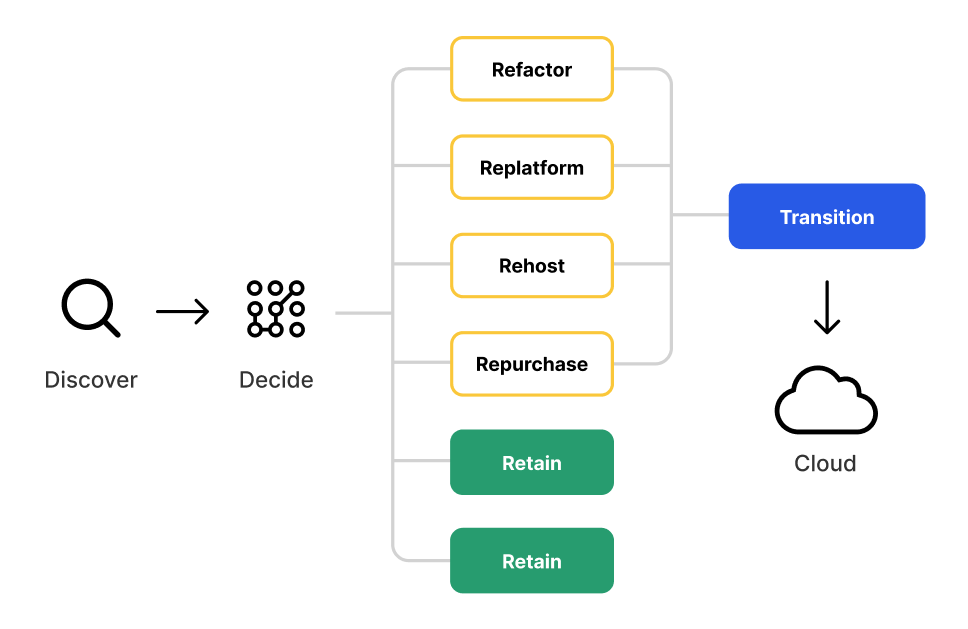Leveraging visuals is a powerful way to enhance commercial promotions and create a compelling brand identity. With many users worldwide being visual learners, images allow you to convey information effectively, evoke emotions, and engage your target audience.
However, producing visuals for business usage can be costly, involving expenses such as getting equipment, hiring skilled professionals, setting up locations, and editing images. As a convenient alternative, you can utilize ready-made, licensed stock photos. In this article, we’ll explore the benefits of using stock images for business projects and discover a reliable source to download HD materials. Keep reading!
What are stock images for business?
Stock images are professionally captured and curated photographs, vectors, illustrations, and other graphics that can be licensed for personal, commercial, and editorial use. They are created by photographers, digital artists, and designers. But how do they differ from visuals downloaded from accessible internet sources? While it may seem easier for businesses to obtain ready-made design materials from the web, there are important distinctions to consider.
Images found through search engines are sourced from various online platforms and may not always have clear ownership or usage rights, leading to potential copyright infringement. Moreover, they can vary in quality and may not meet professional standards, negatively impacting your company’s branding efforts.
On the contrary, visuals presented on stock content marketplaces are carefully selected and vetted for legal compliance and quality assurance. Stock platforms are reliable sources of high-quality images specifically curated to cater to diverse business needs and projects.
Where can stock photos be used in business?
Royalty-free stock photos can be used in various marketing campaigns and designs. Once you purchase or legally download a royalty-free visual, you can use it in multiple projects without paying additional fees. This flexibility allows you to combine and incorporate these pictures to suit your creative needs.
#1 Websites and blogs
Visual information is crucial for enhancing the appeal and engagement of websites and blogs. Research has shown that textual content accompanied by relevant photos or infographics can significantly increase page views. Studies have indicated that such visual elements can result in a 94% increase in page views compared to content without any visual components.
Images and infographics can break up text-heavy content, making it more digestible and engaging for readers. Furthermore, such content can be highly shareable, leading to increased traffic and greater exposure for your website or blog.
#2 Social media marketing
According to surveys, 42% of marketers stated that stock photography is their brands’ most commonly utilized form of visual content on social media. Incorporating compelling and relevant stock visuals in social media marketing allows you to create aesthetically pleasing accounts, grab the attention of your target audience, and drive engagement.
Moreover, stock visuals offer a cost-effective solution for quick and efficient content creation, enabling you to maintain a consistent posting schedule and keep your social media channels active. Since stock images cater to diverse topics and themes, you can find pictures that align with your brand identity, messaging, and marketing objectives.
#3 Advertising campaigns
Advertising campaigns—on Google Ads or Meta Business Suit, for example—often require a lot of creatives adapted to different audience preferences and device screens. Creating such content from scratch can take time and effort for businesses. By utilizing stock images, marketers can save time, ensure consistency across different ad formats and platforms, and maintain a cohesive visual identity. The flexibility and scalability of stock visuals also allow you to adapt and test different creatives, optimizing campaign performance and maximizing audience engagement.
#4 Presentations and slideshows
Often, speakers find it hard to explain complex concepts using only words. Stock images can deliver a great visual representation of discussed topics, add interest to your slideshows, and make presentations more impactful. Moreover, wisely combining pictures in your materials can evoke emotions and enhance audience understanding.
#5 Email marketing
While compelling copy is important, incorporating images in your business emails can boost their performance. Visual content strengthens your message and provides information that cannot be effectively communicated through text alone.
When recipients skim through their crowded inboxes, they often lack the time or patience to read lengthy paragraphs. This is where images in emails become invaluable, as they instantly convey information and make messages easily understandable. Studies show readers respond more swiftly to visuals, leading to better engagement and comprehension.
#6 Print materials
In printed materials like flyers, business cards, posters, and brochures, images serve multiple purposes. Firstly, they attract the viewer’s attention and create a visual focal point that draws them in. An eye-catching image can immediately pique interest and make your printed material stand out among text.
Secondly, pictures in print materials can make the overall message more memorable. They can evoke specific feelings, showcase products or services, and tell a story that resonates with your audience.
#7 Product packaging and labels
Product packaging and labels play a crucial role in capturing consumer attention and influencing purchasing decisions. Incorporating images into product packaging and labels can increase their effectiveness. Visuals on packaging can showcase product features, benefits, and unique selling points, including product usage, ingredients, and design details.
#8 eCommerce product cards
Product cards provide necessary information and entice customers to make a purchase. However, if you’re a launching business, it may be hard to shoot all your products since this requires a lot of resources and effort. Throughout your business development, you can use stock images to make informative product cards.
#9 Content marketing
Content marketing requires not only relevant and useful articles, but also appealing images. You can use visuals in blog posts to illustrate topics. However, producing unique images for each article can be a demanding and time-consuming task. You can make eye-catching and relevant illustrations for your articles using stock images. They offer a wide variety of subjects, styles, and themes to complement your written content.
#10 Branding
While custom photography is ideal for establishing a unique brand identity, stock images can be a valuable resource, especially for smaller businesses or those on a limited budget. When used strategically, stock pictures can contribute to a consistent and cohesive brand image. However, you should always customize downloaded content, for example, by adding brand elements or applying unique color filters.
Tips for utilizing stock photos in business materials
Stock images can be valuable resources for your business; however, they are just a tool in your marketing efforts. Without a proper approach, downloading and implementing pictures in your project won’t increase sales and awareness. Here are some tips that will allow you to use visual materials more efficiently.
- Know your brand and target audience. Before selecting stock photos, have a clear understanding of your brand identity and the preferences of your target customers. Choose images that align with your brand values, aesthetics, and your audience’s demographics. This will help create a cohesive and meaningful visual experience. Moreover, consistency in visual style and messaging helps build brand recognition and establishes a strong brand identity.
- Customize pictures when possible. Since other companies also often resort to stock imagery, customizing visuals to align with your brand can make them more unique and authentic. Add your brand’s color palette, logo, or other visual elements to create an eye-catching composition.
- Maintain a consistent visual style. Consistency in visual style helps customers easily recognize and associate your brand with its products or services. Select stock photos that align with your brand’s aesthetics, whether it’s minimalistic, vibrant, or professional. Stick to a consistent color scheme, composition, and overall tone to create a cohesive visual experience across all your materials.
- Consider emotions and messaging. Pictures that evoke emotions can create a deep and lasting connection with customers. Happiness, excitement, joy, trust, and empathy can help clients relate to your brand more personally. Think about the mood and message you want to convey in your materials. For example, if you want to communicate a sense of teamwork and collaboration, choose photos of people working together.
- Avoid clichés. Stock photos can sometimes be associated with clichéd, overused, or generic visuals. Try to find unique and less common images that still resonate with your audience. Look for photos that capture genuine moments or present a fresh perspective.
Where to download licensed stock photos for business use
Depositphotos is one of the best stock photo sites for downloading top-quality, licensed visuals for business projects. Their library features over 190 million high-resolution, royalty-free images that you can browse at https://depositphotos.com/stock-photography.html. You can also find eye-catching vectors, illustrations, videos, sound effects, and music tracks to complete your creative project.
Depositphotos offers extensive picture collections that cater to different industries, themes, and styles. You can find professional business images, captivating nature scenes, vibrant lifestyle photographs, and specific niche visuals. Moreover, you can use an advanced filtering system to find images by keyword, orientation, point of view, color, and other parameters.
To download a chosen visual, make sure to create a free account. You can download complimentary images right away, while premium files require purchasing an affordable subscription.
Final thoughts
In today’s visually driven world, images are an essential resource for businesses looking to enhance their marketing efforts, engage customers, and build a strong brand identity. However, content production requires a lot of time and money. You can find affordable pictures for your business projects on stock photo websites. Make sure to utilize the tips mentioned in this article when choosing visuals for your creative endeavors.




